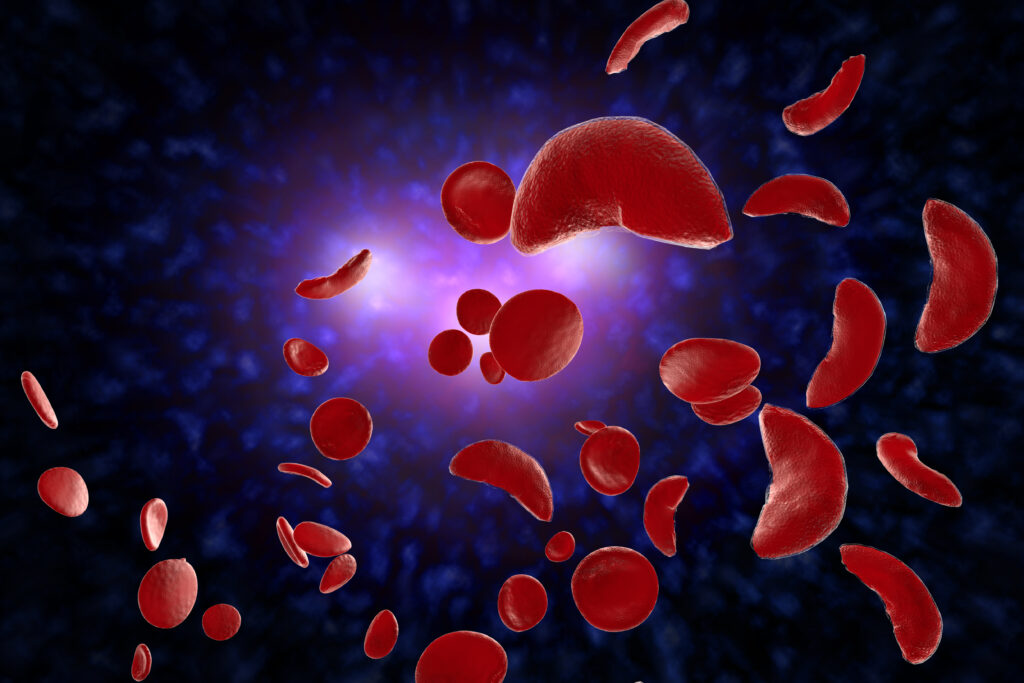International Journal of Cardiovascular Sciences. 01/nov/2022;35(6):780-3.
Lipids and Sickle Cell Disease
Sickle cell disease is a hereditary, autosomal recessive pathology caused by the replacement of adenine by thymin in position 6 of the beta globin gene, producing anomalous hemoglobin (hemoglobin S- HbS). It is characterized by a chronic inflammatory state with hemolytic anemia and vaso-occlusive phenomena and occurs when the HbS gene is in homozygosis (SS) or heterozygosis, in association with other variant hemoglobins (SD, SC, SE) or thalassemia (). Sickle cell disease is recognized by the World Health Organization (WHO) as a serious public health problem, and, despite advances in treatment, patients with sickle cell disease have a life expectancy of nearly 30 years lower than the general population.
About 4% of the Brazilian population has a sickle cell trait, and between 60,000 and 100,000 Brazilians have the disease, which translates into an economic burden of more than US$ 400,000,000/year for the Brazilian society. The number of patients affected by this pathology is increasing due to the evolution of treatment and improvement in early diagnosis, as a result of the institution of neonatal screening. Early identification of the disease is important in reducing its morbidity and mortality, especially with the prophylaxis of infections, which are a significant cause of death in children. This improvement in survival leads to the development of chronic complications resulting from vasculopathy and to more frequent cases of chronic ischemia.
[…]
Palavras-chave: Sickle cell disease; sickle cell anemia; dyslipidemias; hemoglobinopathies
1.004

